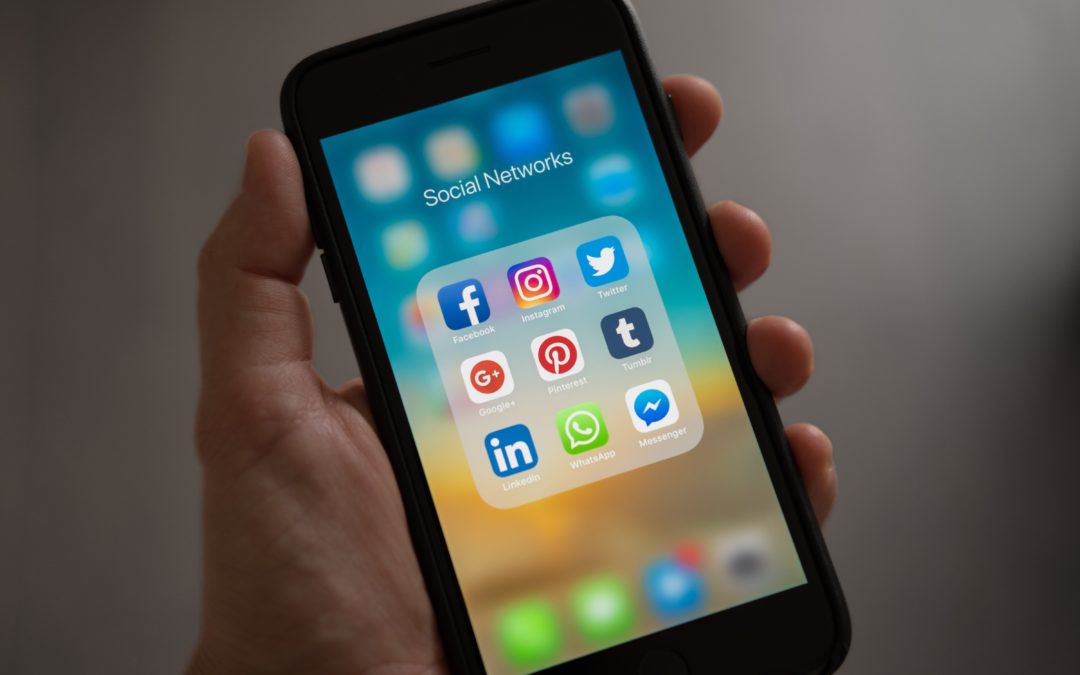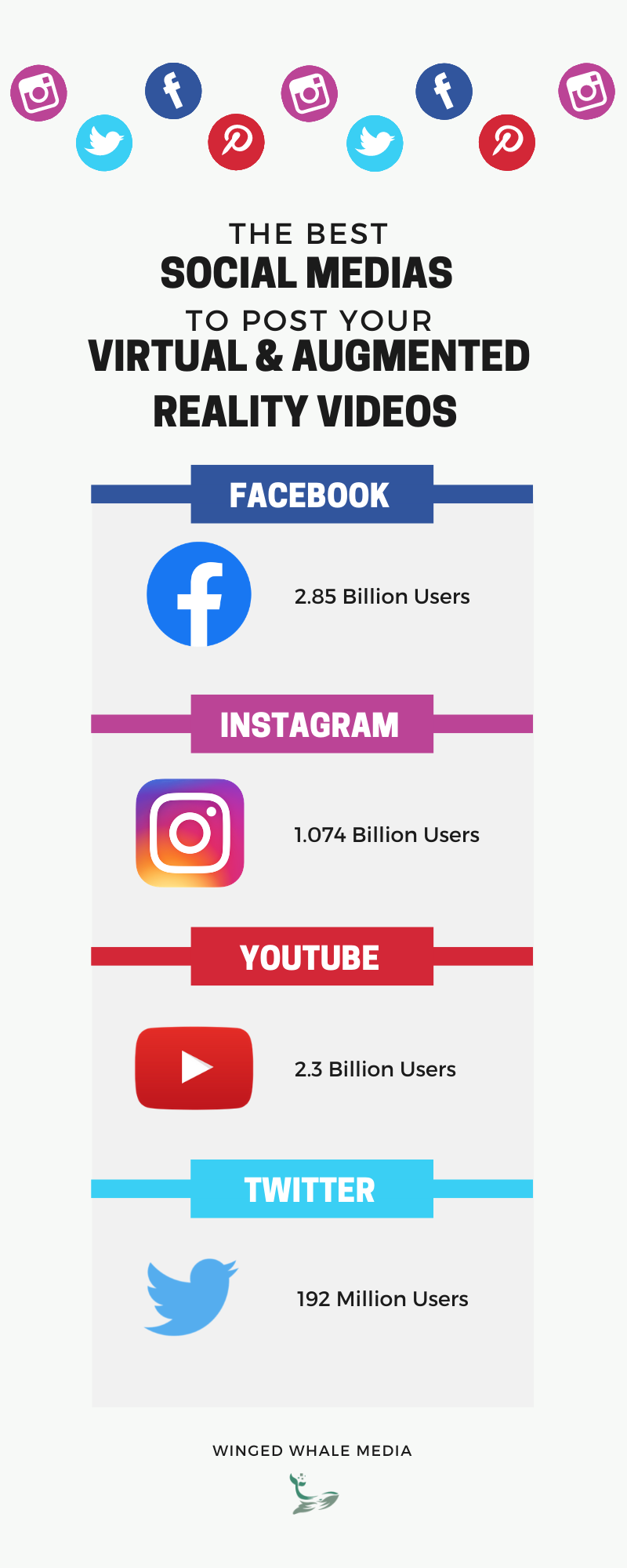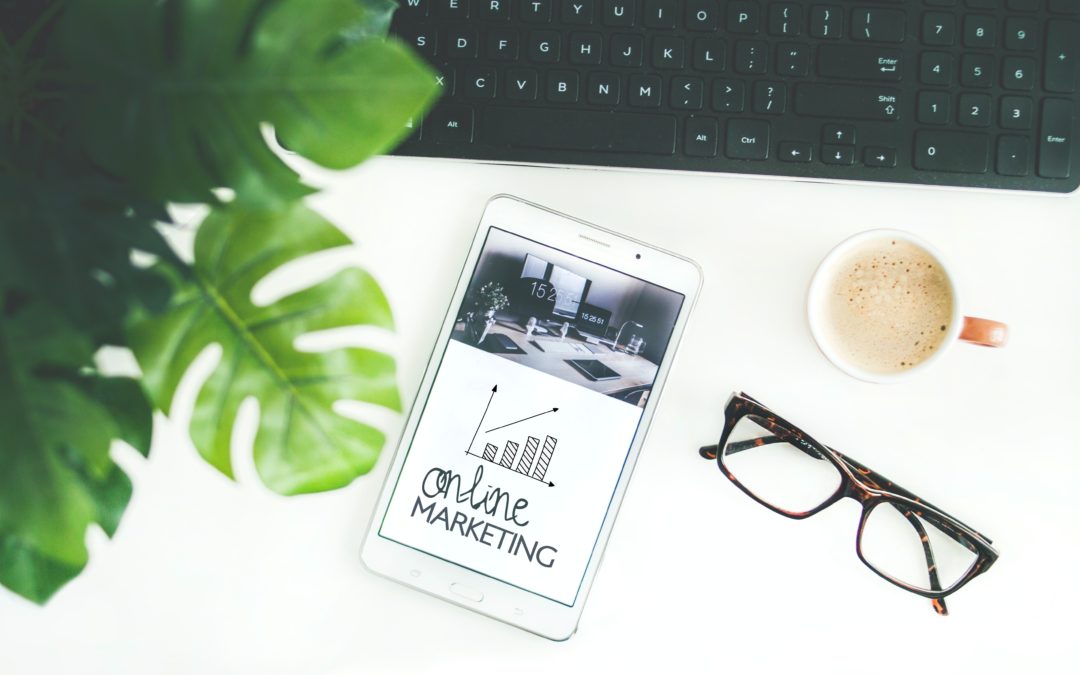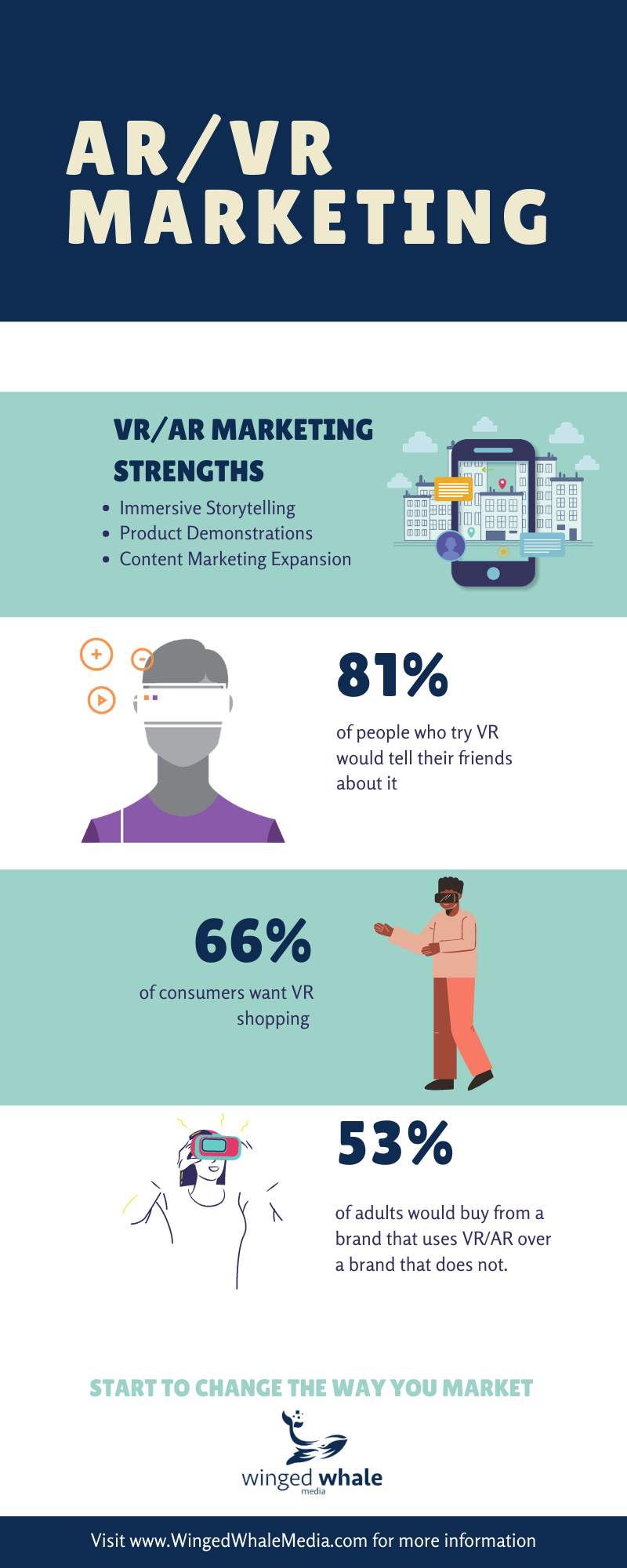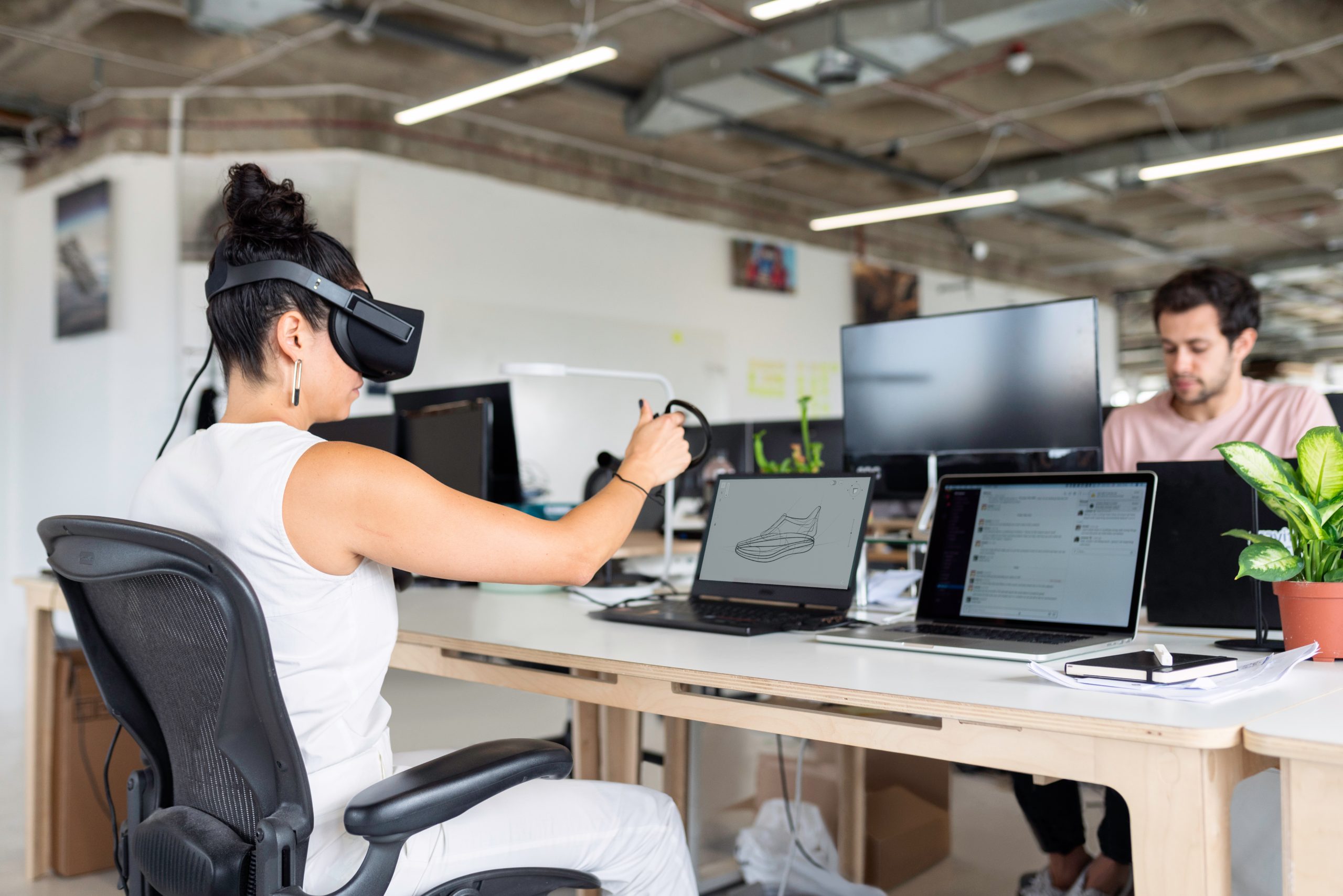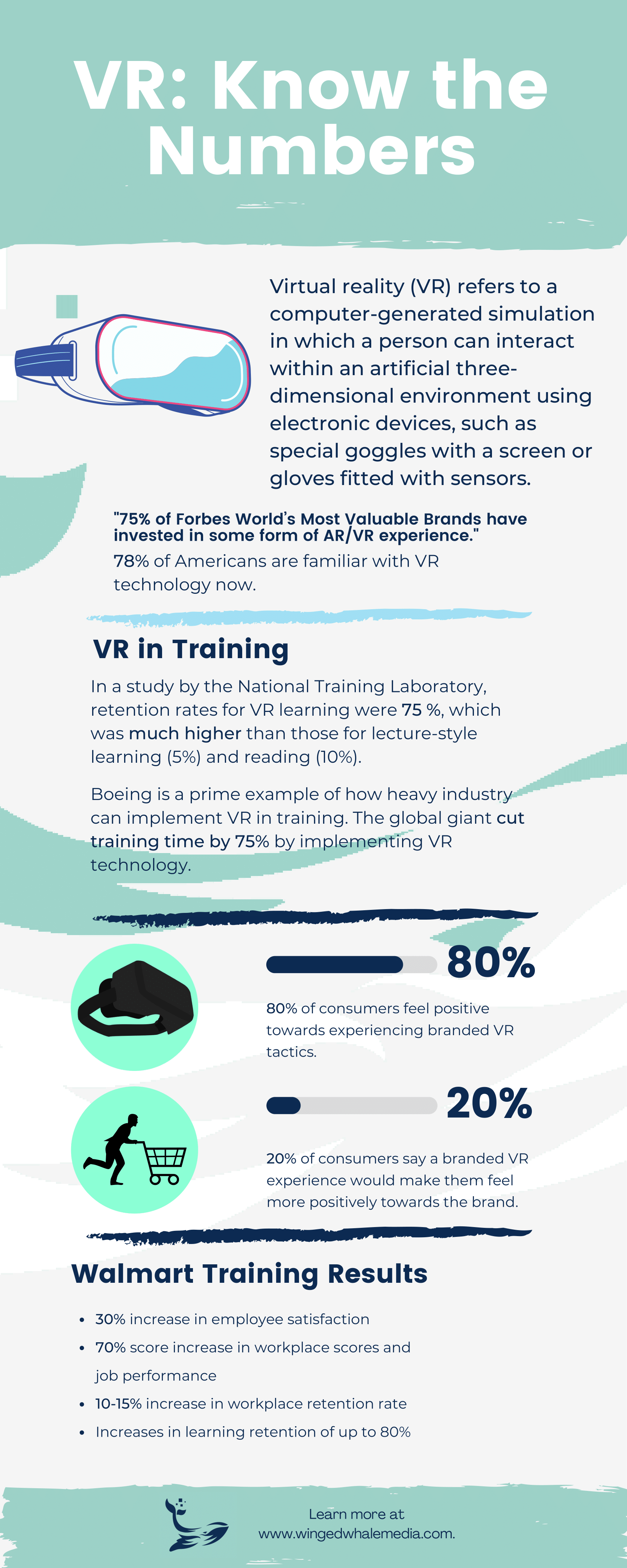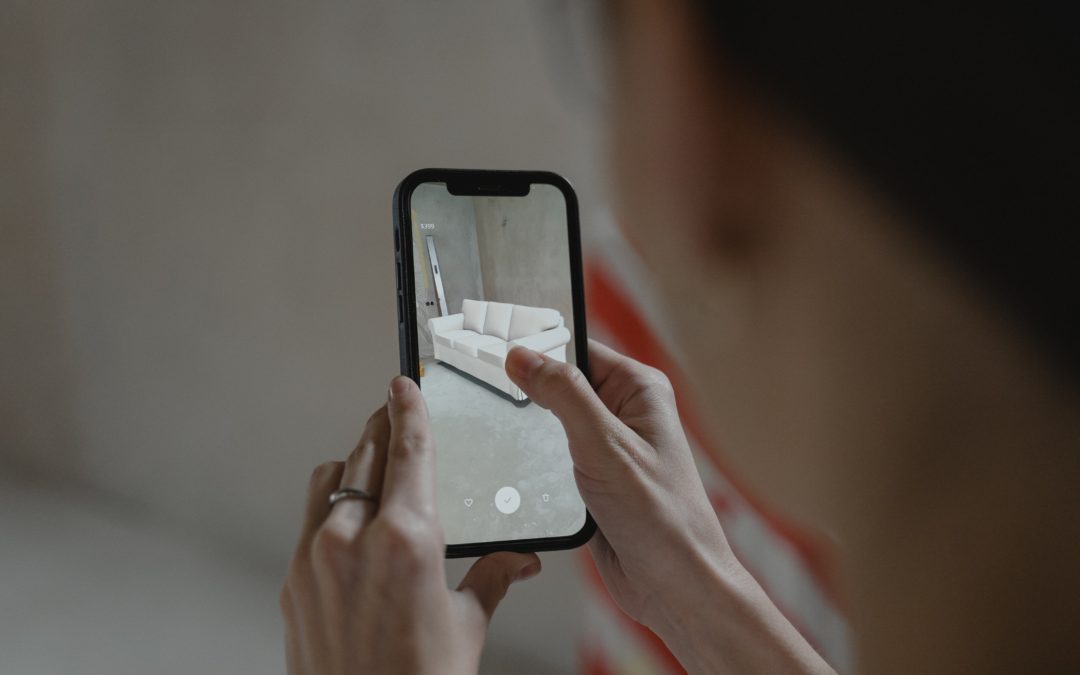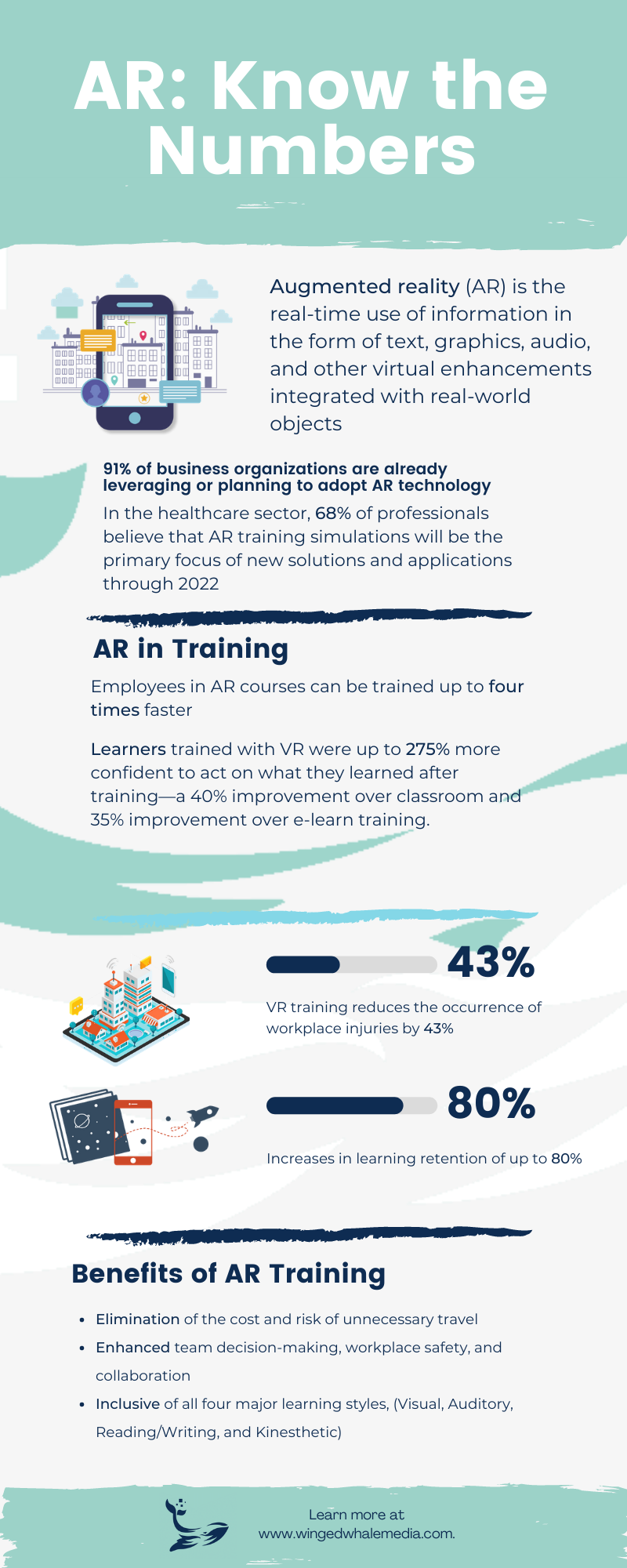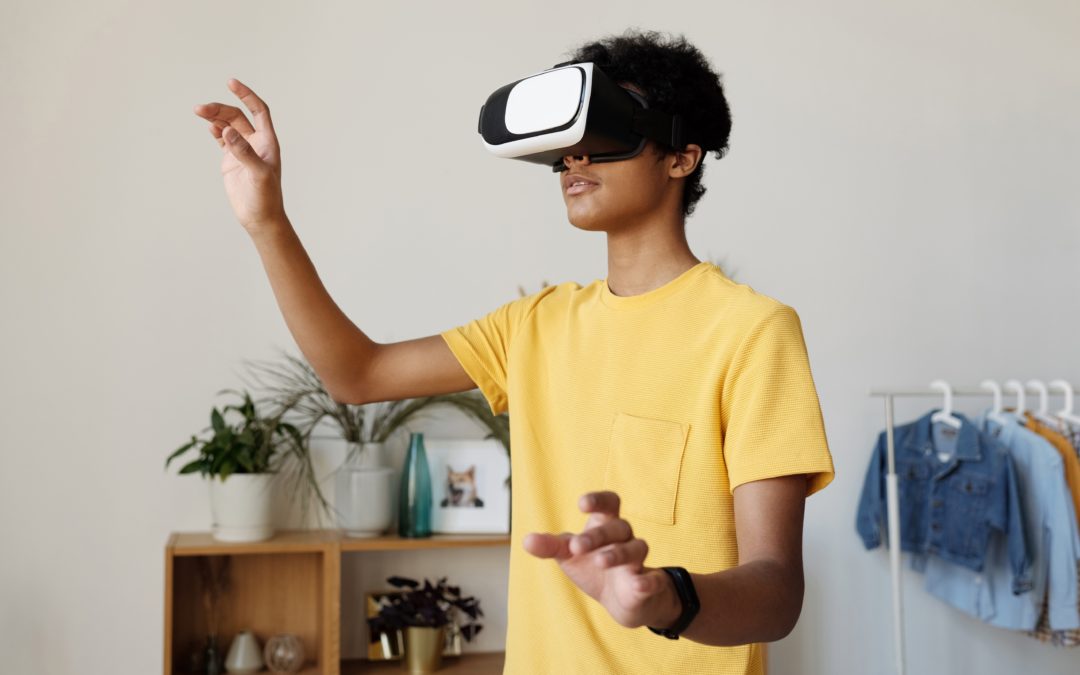
Benefits of VR/AR in Marketing
Since virtual and augmented reality are making their way into practically every aspect of our everyday lives, it is only natural that they would find their way into marketing, which is increasingly reliant on digital media. Digital marketing is defined as any type of marketing that uses electronic devices or digital content to deliver its message. Virtual and augmented reality are both examples of this. So, how can you make the most of this maybe still obscure technology? How can something that is still new and developing help your project or business? The explanation is simple: virtual reality’s unique traits — its uniqueness and lack of exploration – are precisely what makes it popular, trendy, and a breath of fresh air in the middle of all the tired marketing tactics we have seen before. Look at some basic, uncomplicated ways to use virtual and augmented reality into your marketing, and how this may help you increase your earnings in no time.
Virtual Tours
One of the most important ways this technology can benefit your business is by allowing your consumers to take a virtual tour of your choice. Do you have a store of your own? A restaurant? Or possibly a manufacturing facility where your product is made? Your consumers can put on a virtual reality headset and be instantly transported to another world, thanks to the miracles of virtual reality. They can either glance about the environment and experience the ambience, or they may be able to wander around and find new things, depending on the complexity of the program. Virtual tours are an excellent approach to introduce your places to customers who are unable to visit them in person.
New Launch Hype
Assume you have been developing a new product. It has been in the works for some time and is soon to be released to the public. Traditional advertising and marketing tactics are in place, but virtual reality may be worth considering. You can generate buzz and gain interest by having your customers look at the product itself before the launch, or even test it out. When it comes to launching a new product, you want as much attention as possible.
Product Testing
Whether your product is new or not, allowing customers or clients to try it out before purchasing is always a good idea. That way, they can get a sense of how the product functions and how it might appear in their home or on their person, and they will be more confident and happier with their purchase, boosting the chances of their return to you for more. It is a win-win situation for everyone. Virtual reality product testing can be used on a wide range of products, from garments and footwear to automobiles and other modes of transportation, as well as travel packages and real estate. Customers will appreciate the opportunity to try out the product.
Building Relationships
You are building your customer relationships by incorporating virtual reality into your marketing initiatives in all these ways. This is particularly true among the younger generation. New technologies spark people’s attention and provides an opportunity for them to learn more about your organization and/or projects. Through virtual reality, you can quickly explain how your business runs and how your staff contributes to a common goal, allowing your customers to feel more emotionally invested in the result.

